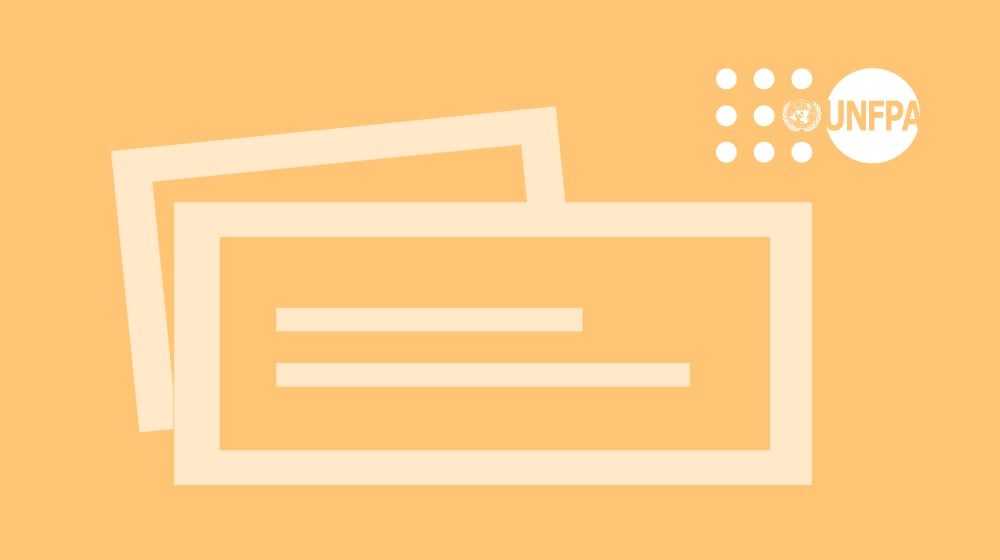Our world is grappling with multiple, intersecting crises: Violent conflicts, many of them years-long. Intensifying droughts, extreme weather and epidemics as climate change progresses unabated. Political and economic upheavals after two years of COVID-19.
More people than ever before need humanitarian assistance. Over 100 million now live in forced displacement, and 345 million face acute food insecurity.
Crises disproportionately affect women and girls, creating chaos and disrupting access to essential sexual and reproductive health services – leading to soaring risks of gender-based violence, HIV infection, unintended pregnancy and maternal mortality. Two thirds of deaths during pregnancy and childbirth occur during humanitarian emergencies or in fragile contexts.
And too often, humanitarian responses overlook vital needs like antenatal care and skilled birth attendance, contraception, and care for survivors of gender-based violence
It takes a village to support communities in crisis
Getting these lifesaving services up and running in the midst of a crisis takes a coordinated effort among many actors, local and global. It takes a village.
World Humanitarian Day is observed every 19 August in remembrance of humanitarian workers who lost their lives during the 2003 bombing of UN headquarters in Baghdad, Iraq. This year, the day aims to inspire global appreciation for the efforts of the humanitarian community that mobilizes, every day, to meet the unprecedented challenges facing our world.
Most people on the front lines of humanitarian crises come from affected communities, joined by local and national authorities, civil society organizations, faith-based groups, businesses and many more offering their time and skills to help their neighbours.
Forced to flee her home, nurse Rahwa Gedamu now delivers babies as a volunteer at the Sabacare 4 camp for people internally displaced by the conflict in Ethiopia’s Tigray region. “Every time we save a life,” she says, “we feel very proud and motivated to continue serving our people.”
Always first to respond, local humanitarian actors have an immediate stake in recovery and rebuilding – but they are not left to work alone. Global humanitarian actors – including UNFPA and other UN agencies – support them with critical resources, services and supplies
Standing up for the rights of crisis-affected women and girls
UNFPA is a core partner in this global humanitarian team, working to make sure that every emergency response prioritizes women and girls’ needs, rights and dignity.
This year, UNFPA aims to reach 54.5 million crisis-affected women, girls and young people in 61 countries with lifesaving sexual and reproductive health care, information and supplies, as well as survivor-centred services to prevent and respond to gender-based violence.
People like Shakila Parvin, a midwife serving Rohingya refugees in the camps of Cox’s Bazar, form the backbone of UNFPA’s humanitarian action. “Ensuring maternal health at any time in any situation is my first and foremost responsibility,” she says.
Follow #ItTakesAVillage on Twitter and Instagram to meet more humanitarian heroes, who endure hardship and often risk their lives to bring lifesaving assistance and hope to neighbours and strangers.




